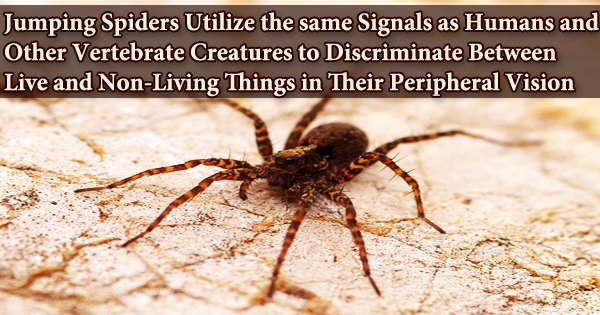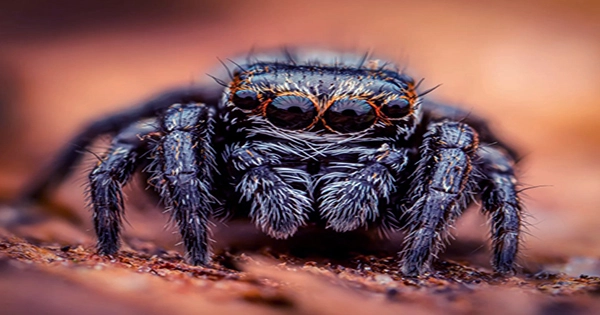Jonathan the Seychelles giant tortoise, who is 190 years old, made headlines recently for being the “oldest living land animal in the world.” Although there is anecdotal evidence that some turtle species and other ectotherms, or “cold-blooded” creatures, live a long period, the evidence is sparse and mostly focuses on animals that reside in zoos or a small number of individuals that live in the wild.
The largest research on aging and longevity to date, conducted by an international team of 114 scientists and directed by Penn State and Northeastern Illinois University, has just been published. It includes data gathered in the wild from 107 populations of 77 different species of reptiles and amphibians.
The researchers discovered a number of things, including for the first time, that salamanders, crocodilians, and turtles have extremely slow aging rates and prolonged lifespans given their sizes. They disclose their discoveries in the journal Science today (June 23, 2022).
The research team also discovered that protective phenotypes, like the hard shells of most turtle species, can delay or even prevent biological aging in some situations.
“Anecdotal evidence exists that some reptiles and amphibians age slowly and have long lifespans, but until now no one has actually studied this on a large scale across numerous species in the wild,” said David Miller, senior author and associate professor of wildlife population ecology, Penn State.
“If we can understand what allows some animals to age more slowly, we can better understand aging in humans, and we can also inform conservation strategies for reptiles and amphibians, many of which are threatened or endangered.”
In their study, the researchers used mark-recapture data, in which animals are taken, tagged, released back into the wild, and then watched, in conjunction with comparative phylogenetic approaches that allow exploration of species’ evolution.
Their objective was to examine differences in ectotherm longevity in the wild compared to endotherms (warm-blooded animals) and investigate earlier aging-related concepts, such as how the body regulates temperature and the presence or absence of protective physical features.
According to Miller, the “thermoregulatory mode hypothesis” contends that endotherms, who internally produce their own heat and have greater metabolisms, age more rapidly than ectotherms, who depend on external temperatures to maintain their body temperatures.
Anecdotal evidence exists that some reptiles and amphibians age slowly and have long lifespans, but until now no one has actually studied this on a large scale across numerous species in the wild. If we can understand what allows some animals to age more slowly, we can better understand aging in humans, and we can also inform conservation strategies for reptiles and amphibians, many of which are threatened or endangered.
David Miller
“People tend to think, for example, that mice age quickly because they have high metabolisms, whereas turtles age slowly because they have low metabolisms,” said Miller.
However, the team’s findings show that ectotherms’ aging rates and lifespans vary significantly from those of known endotherms of comparable size, indicating that an animal’s ability to regulate its body temperature, whether cold-blooded or warm-blooded, is not always a reliable indicator of that animal’s aging rate or lifespan.
“We didn’t find support for the idea that a lower metabolic rate means ectotherms are aging slower,” said Miller. “That relationship was only true for turtles, which suggests that turtles are unique among ectotherms.”
According to the protective phenotypes theory, animals having physical or chemical characteristics that provide protection, such as armor, spines, shells, or venom, age more slowly and live longer.
The researchers found that animals with these protective characteristics do in fact age more slowly and, in the case of physical protection, live far longer for their size than those without them.
“It could be that their altered morphology with hard shells provides protection and has contributed to the evolution of their life histories, including negligible aging or lack of demographic aging and exceptional longevity,” said Anne Bronikowski, co-senior author and professor of integrative biology, Michigan State.
Beth Reinke, first author and assistant professor of biology, Northeastern Illinois University, further explained, “These various protective mechanisms can reduce animals’ mortality rates because they’re not getting eaten by other animals. Thus, they’re more likely to live longer, and that exerts pressure to age more slowly. We found the biggest support for the protective phenotype hypothesis in turtles. Again, this demonstrates that turtles, as a group, are unique.”
Interestingly, the scientists found that at least one species in each of the ectotherm categories had negligible aging, including turtles, crocodilians, frogs, and toads.
“It sounds dramatic to say that they don’t age at all, but basically their likelihood of dying does not change with age once they’re past reproduction,” said Reinke.
Miller added, “Negligible aging means that if an animal’s chance of dying in a year is 1% at age 10, if it is alive at 100 years, it’s chance of dying is still 1% (1). By contrast, in adult females in the U.S., the risk of dying in a year is about 1 in 2,500 at age 10 and 1 in 24 at age 80. When a species exhibits negligible senescence (deterioration), aging just doesn’t happen.”
Reinke pointed out that the team’s innovative work was only made possible thanks to the participation of numerous international collaborators who were researching a wide range of species.
“Being able to bring these authors together who have all done years and years of work studying their individual species is what made it possible for us to get these more reliable estimates of aging rate and longevity that are based on population data instead of just individual animals,” she said.
Bronikowski added, “Understanding the comparative landscape of aging across animals can reveal flexible traits that may prove worthy targets for biomedical study related to human aging.”
For a list of authors and their affiliations, please see the published manuscript in Science. The National Institutes of Health supported this research.
















